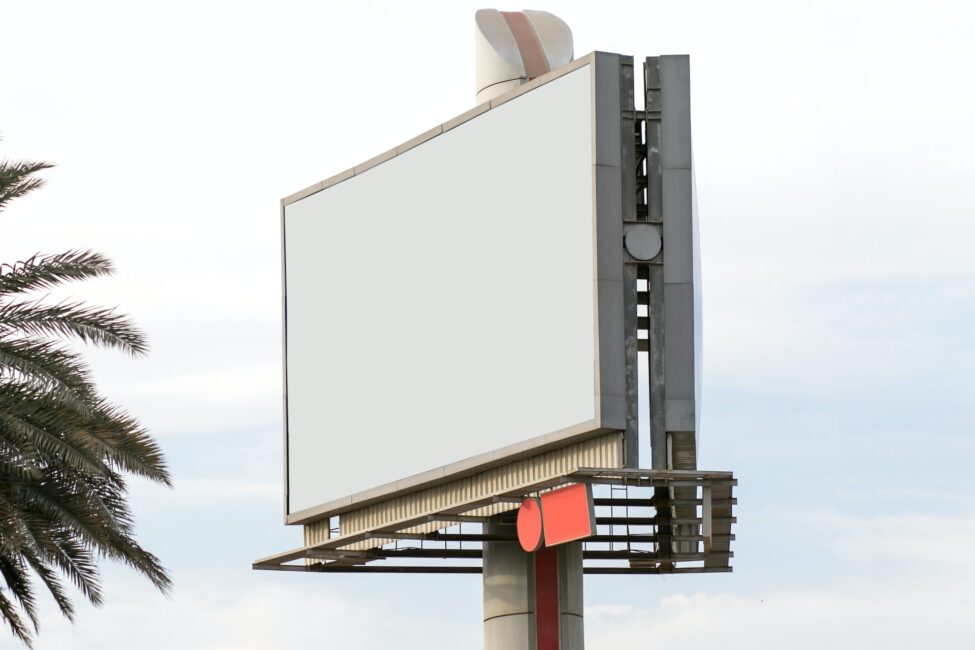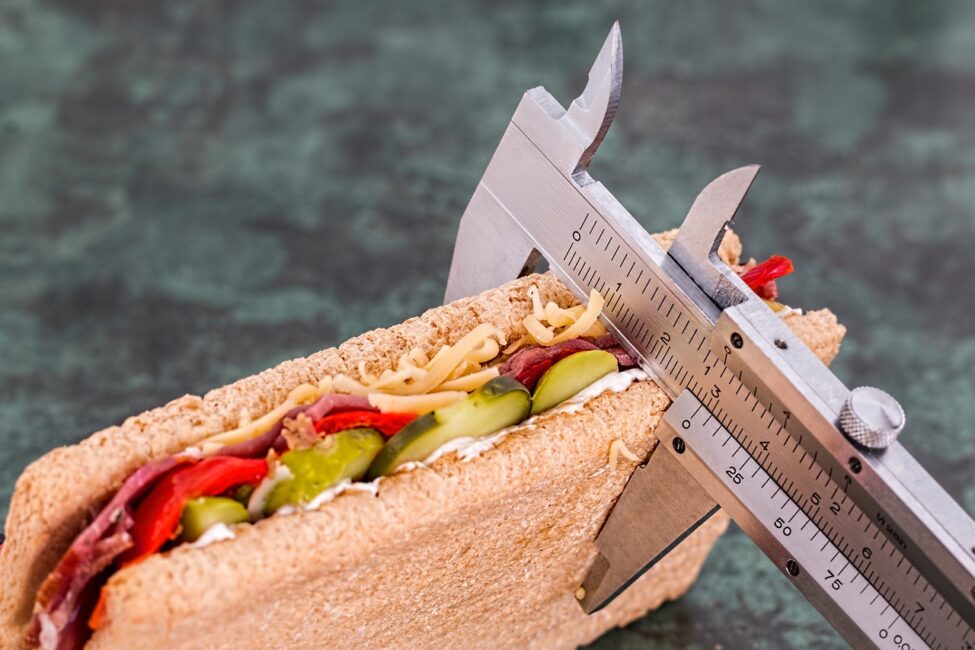6 Best Techniques for Tanking Your Live Event
By Bobby Johnson
November 9, 2022
By Bobby Johnson
November 9, 2022
Everybody on the internet shares wise, earnest tips for how to succeed. But let’s be honest, wouldn’t it be more fun to take a different tact? Wouldn’t it be more helpful to learn how not to do a live marketing event?
Succeeding at failing is a tricky business, but if you’re looking to really ensure that your live event doesn’t attract attention, we can’t help.
In fact, here are the six best techniques, curated by experts, for how to ensure a brand activation goes nowhere.

Live events and brand activations are extremely complicated, which means the only way to guarantee failure is to shoot from the hip like a cowboy in an old Western.
Experts suggest planning for 16-24 to six months ahead of time for a big experiential event, but that would give you time to fully develop a hard-hitting concept tailored to your customer, or get together all of the physical and digital assets you’ll need.
This extensive planning would deprive you of the chance to run out of materials, or to crash against exciting new deadlines.
A long runway for ideation and execution would be the absolute worst way to tank a live event, and should be avoided deciduously. Or, assiduously. Either one.

Once you’ve made a plan for a live, experiential marketing event, it’s time to rest. Kick up your feet, crack that cold one, and tuck your hands comfortably behind your head. Hammock optional, but appreciated.
You’re done. A plan is like a magical spell you cast on the world, and now you know weeks beforehand exactly how the activation will go. And even if that isn’t true, we’re trying to botch a live event, so it’s all good.
Sure, weather could ruin an outdoor event, but weatherproofing could make sure a live event can survive, and is best avoided. Having duplicates of mission-critical assets would let you pivot come disaster or damage, which is kind of cheating if you think about it.
Plus, who doesn’t love a little improv in the face of huge, unexpected problems? “Whose Line is it Anyway” would have been extremely boring with a script, for instance. Jazz is all improv, and everybody loves jazz.

Live events use a ton of marketing materials; they require booths, furniture, and even tech equipment.
Now, anyone can tank their current live event. But it takes a true artist to ensure that future live events struggle too. The best way to hamstring next year’s live events is to make sure that everything you use to create your brand activation can’t be reused in any way.
For instance, a mobile tour is a form of live event that can be easily moved, set up, and repeated. That’s a super efficient way to turn one activation into several. You can hit multiple markets and find new customers. This would count as a failure, by the way, at tanking a live event.
Best to avoid that kind of inexpensive modularity.

Once you’ve rented the space or cleared the permits for where your activation is going live, the best way to make sure no one shows up is to never advertise.
A live event set up to work in concert with a strong social media campaign, for instance, can really help a live event, which we’re not doing here.
A marketing department working in concert with the live event team could bring dozens, hundreds, or even thousands of people to your event. That’s a disaster of success that we don’t want. If we’re going to fail, by gum, we’re gonna do it in style.
It’s best to just set up the activation and let come what may. Besides, the marketing department is probably super busy anyway.

Once the live event is over and all three people have left, it’s time to pack away our single-use equipment (throw away, really) and head back home.
There’s no reason to measure the number of people who came, or how they felt about the activation. We shouldn’t see if sales or signups have increased after the event, and we definitely shouldn’t check for social media engagement about the activation. In fact, any kind of measurement or metric for success is just going to get in the way.
When looking to drive a live event off a cliff like the end of “Thelma and Louise,” it’s best to just trust your gut and assume everything worked out fine.

Tanking a live event can be hard work.
If you’re not in the mood for the frankly exhausting list above, it’s possible to talk to Inspira Marketing to help avoid that stuff all together and execute a successful live event.
Which could be pretty fun, too, actually.
Thanks for making it all the way to the end of this snarky blog. We hope you had as much fun reading it as we did writing it.